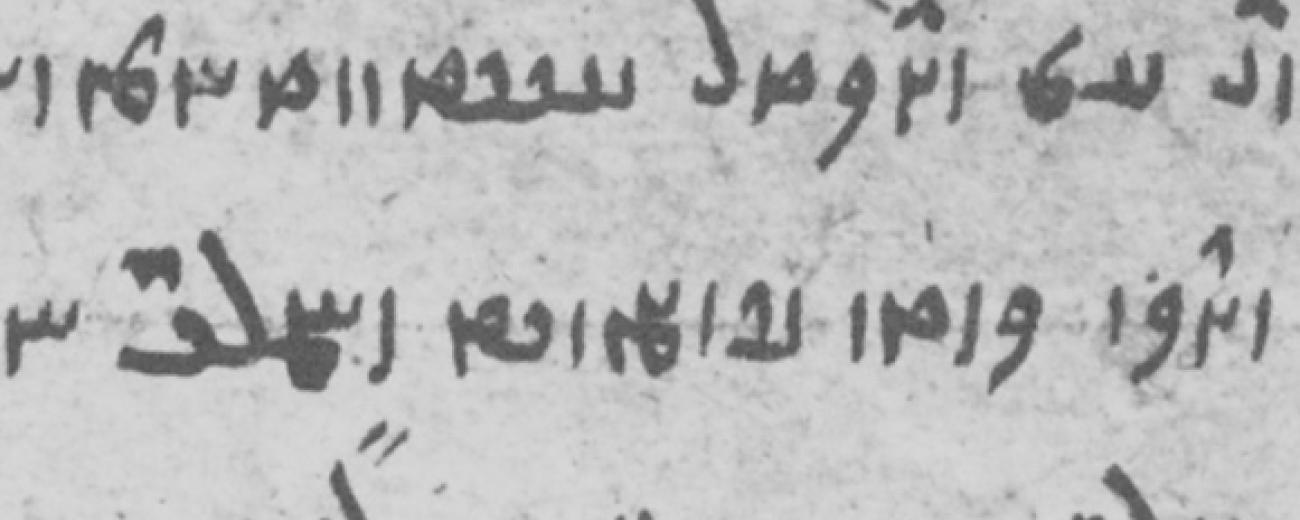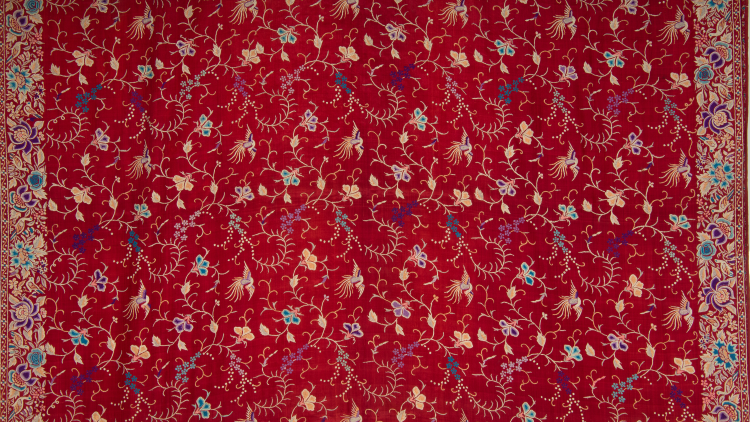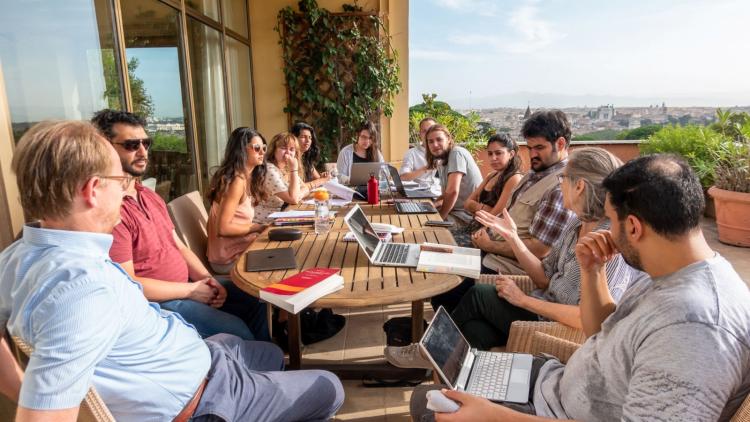Translating the Avesta: The Avestan and Pahlavi Versions of the Hōm Yasht


Overview
The present project concerns the Pahlavi (Middle Persian) exegesis of the Yasna of 72 chapters, the key Zoroastrian text composed in Avestan. Using a new approach, following recent findings on the creation and transmission of the text, the project aims to produce a new edition of the Pahlavi Yasna chapters 9-11, dedicated to the Zoroastrian deity-plant Haōma (= Pahlavi Hōm). As a plant, its twigs are pressed during the Yasna ritual in which the Avestan text of Yasna 1-72 is recited. As a deity, Hōm is said to brings health, strength, healing, knowledge, and excellent offspring.
Objectives
1. To provide XML (Extensible Markup Language) transliterations of the Pahlavi Yasna 9-11
The project will employ tools from Digital Humanities for the transliteration of manuscripts in Roman letters, as well as collation and creation of a text-critical apparatus using the OTE (Online/Offline Transcription Editor), which encodes the texts in XML. These manuscript transliterations will be available online.
2. To create the text-critical apparatus
The OTE transliterations of the manuscripts will be uploaded onto the CollateX, a collation tool which was developed at the University of Birmingham and also adapted to the Avestan manuscripts by the MUYA project. While the tool automatically sorts out the readings, their regularisations must be done manually. In the collation process, different readings will be categorised as either main variants or sub-readings of their main variants according to the defined rules. The regulations rules will also provide a source for future studies on the genealogical relationships between the Pahlavi texts of the Yasna according to the Coherence Based Genealogical Method (CBGM), developed at the University of Münster.
3. To provide a new edition of the Pahlavi Yasna chapters 9–11
The new edition of the Yasna will contain the edited text, accompanied by its English translation and a commentary section which deals with linguistic, ritualistic, and mythological aspects of Pahlavi Yasna 9-11. The edited text together with its critical apparatus will also be published online.




